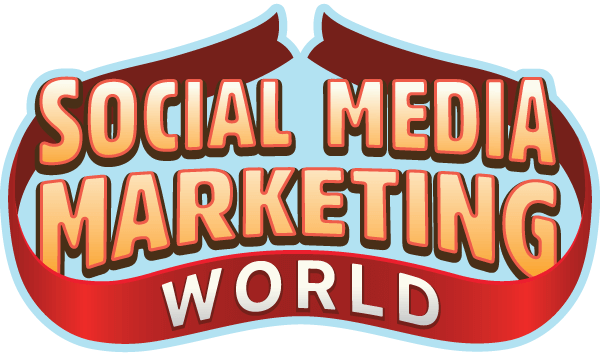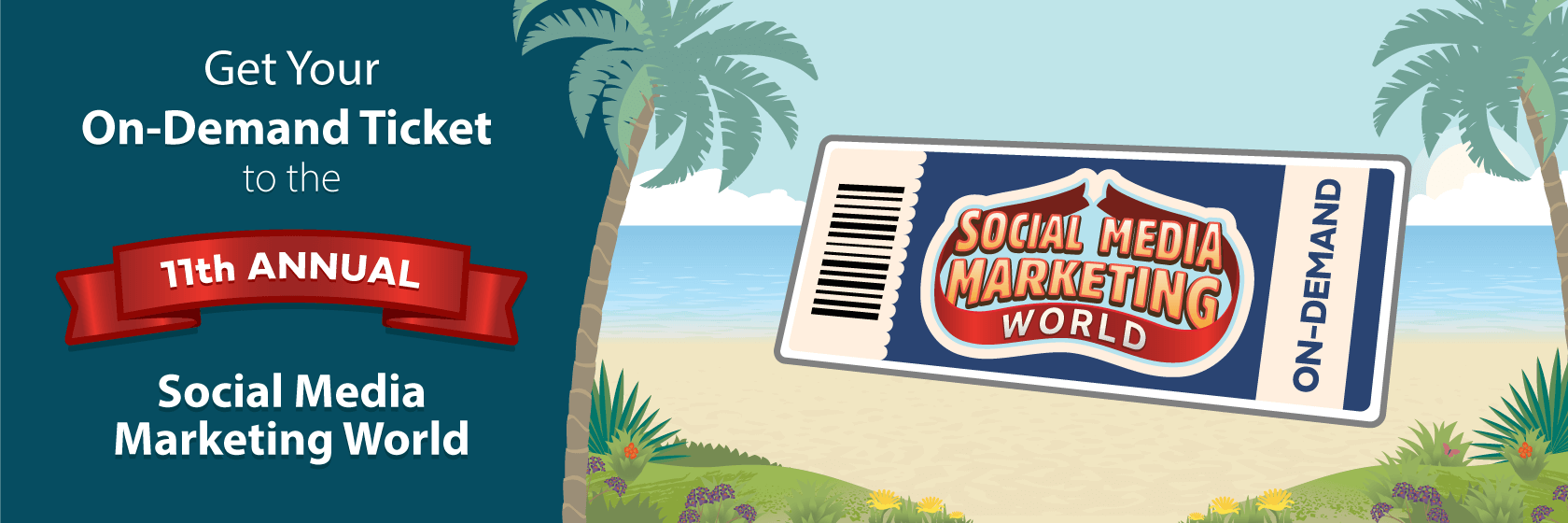
Do you need to revamp your content marketing strategy? Wondering how AI will alter content marketing?
As artificial intelligence capabilities advance, content marketers must reevaluate their strategies to remain effective. Robert Rose, leading thinker and author of "Content Marketing Strategy," shares his insights on developing smarter approaches to engage audiences in this new landscape.
Embracing Strategy Over Tactics
Many content marketers overly fixate on tactical details. They may obsess over how many blog posts to publish, debate listicle formats, or try to increase organic reach. However, Rose emphasizes that strategy is the critical ingredient:
"The job of a great strategic content team is not to be good at content; it's to make the business good at content."
An intelligent strategy aligns people, workflows, governance policies, and supporting technologies. It coordinates activities to maximize competitive advantage. Rose draws inspiration from renowned business strategist Michael Porter's approach of either performing different activities than competitors or executing similar activities differently to pull ahead.
For content marketing, this strategic perspective means operating your content with the discipline of a media company. This includes establishing defined roles, workflows, resource allocation processes, and performance dashboards. The focus should be scalable, consistent execution of content activities across teams over time.
Pitfalls of Misunderstanding Strategy for Tactics
Many people conflate "strategy" with "tactics." Tactics are the specific activities and campaigns that each team carries out to move the content marketing needle. Strategy is the overarching plan that coordinates teams and tactics harmoniously.
A common downfall is teams competing for the same audience. The social media squad may create video content, while the blogging team targets the same personae. They work at cross purposes instead of strategically complementing one another. Even good tactics fail to generate cumulative business impact without an intelligent strategy tying everything together.
So, who should determine strategy? It depends on a company's size and structure. Smaller organizations may have a single strategist, while large enterprises manage it collaboratively. Cross-functional buy-in creates the strongest strategies. But ultimately, someone must be the decider to spearhead planning.
Rethinking Content Marketing For The AI Age
"The first step is making content an official strategic activity," Rose suggests. Explicitly empower someone to develop the content strategy. Define the guiding purpose and priority business objective the content must achieve.
Various strategic models exist—from becoming an authoritative, owned media producer to optimizing content primarily for SEO traffic or directly aligning content to support sales. Choose which approach best matches your business needs and constraints. With the end goal clarified, map out your operating model—detailing how all activities and individual content types will fit together into a scalable system.
This unified, top-down perspective is vital as AI impacts multiple areas simultaneously. Companies without clearly defined content strategies and measures struggle to assess AI's impact accurately. They cannot plot detailed adoption roadmaps. However, organizations doing the preparatory strategic alignment work have greater clarity. They better grasp the realistic value options along with tradeoffs and process changes needed to harness AI's exponential powers.
Rethinking Content Marketing Strategy in the Age of AI
A Core Content Strategy for Building Subscriber Relationships
Central to most content strategies is the mandate of deliberately building ongoing audience relationships, not just attracting anonymous traffic. Content should convert visitors into "subscribers" who voluntarily engage with your brand over time. This cultivates trust and perceived goodwill.
Potential types of subscribers expand far beyond email lists. Podcast followers who access new episodes via audio apps demonstrate similar sticky behavior. Conference attendees who return annually to in-person events reflect the same dynamic at play. Other examples are community memberships, ebook downloads in exchange for contact info, webinar signups, etc.
Platforms like YouTube provide immense reach but don't confer true audience ownership to brands. Relying completely on third-party networks carries risks. The goal is intentionally driving pockets of followers into stable owned properties you control off the big passive distribution hubs. This powers the flywheel effect, continually enriching lifetime customer value. It also incrementally decreases customer acquisition costs and sales friction through positive brand associations.
Migrating visitors into voluntarily subscribed, addressable audience micro-communities—who receive communications on the brand's terms—boosts marketing productivity and performance, regardless of company size. The beauty lies in the recurring value realized over months and years.
Adapting To AI's Impact On Search Behavior
Consumer search behavior and expectations shift as AI permeates digital experience landscapes. Where people previously sought search engines to receive lots of information pages to filter and select the optimal result, AI delivers single authoritative answers.
Many content creators targeting search traffic are noticing pronounced declines. AI-powered platforms like ChatGPT are siphoning users by delivering immediate responses to queries instead of lists of links. To stay visible and competitive, brands must provide the context, references, and details AI recommendation systems synthesize when formulating responses. This necessitates even greater insight into customers' needs and intents to continually fuel relevant, meaningful content development.
The impacts of these trends should not be underestimated. Many brands today face existential crises analogous to companies debating whether to let Google's spiders index their websites back in the late 1990s. Allowing access correlated directly with discoverability and survival. Similarly, blocking AI analysis risks irrelevancy. Publishers like Disney, who are stopping content indexing, are making shortsighted decisions, in Rose's opinion.
Significant mindset and strategy shifts must emerge across the marketing spectrum to address this new era of assisted customer decision journeys. Solutions will combine machine precision with human creativity.
Clarifying AI's Optimal Role In Content Creation
While AI promises to enhance many aspects of strategic content marketing, Rose believes fully automated content creation has limitations. The most advanced systems, like GPT-3, produce derivative content. They recombine existing information patterns to generate new compositions. The outputs may constitute quality writing in isolation but lack deeper meaning.
Rose divides content into two categories—created and constructed. Created content holds inherent value and resonance for audiences regardless of its purpose. Humans crave stories, opinions, and creativity for the experience of consuming them. Constructed content serves purely utilitarian, logistical needs. Manuals, legal forms, and explanations represent constructed content.
In Rose's view, AI excels most with automating the production of constructed content. But human creativity, emotional expressiveness, and imagination remain unmatched for creating subjectively compelling reading, audio, or video content. Here, AI functions more as a production assistant—facilitating ideation, saving research time, and suggesting angles writers can choose to incorporate.
The adept integrator of both approaches—augmenting AI-streamlined content operations with authentic, human-crafted creative voices—will define future best practices. For now, maintaining realistic expectations about capabilities and limits is advised over hype-driven AI zealotry. These tools should amplify rather than replace human communication skills.
The Future Belongs To Strategic Risk Takers
Marketing faces an inflection point. As AI permeates customer experiences, strategies must evolve to deliver relevance matched to rising expectations. However, certain fundamentals like directly addressable audience micro-communities, value-focused content, and coherent coordination of tactics to overarching business objectives will thrive regardless of technology shifts.
AI should be seen as a chance for optimization rather than a threat. Into each transition, some firms crater while others ride waves of change to unprecedented heights by embracing innovation. With openness, agility, and vision, content marketers can harness exponential intelligence gains rather than become victims of disruption. The future remains unwritten—what role will you play?
Today's advice is provided with insights from Robert Rose, a featured speaker at Social Media Marketing World.
P.S. Add
into your contacts list. Use Gmail?
We publish updates with links for our new posts and content from partners. Your information: Email:






